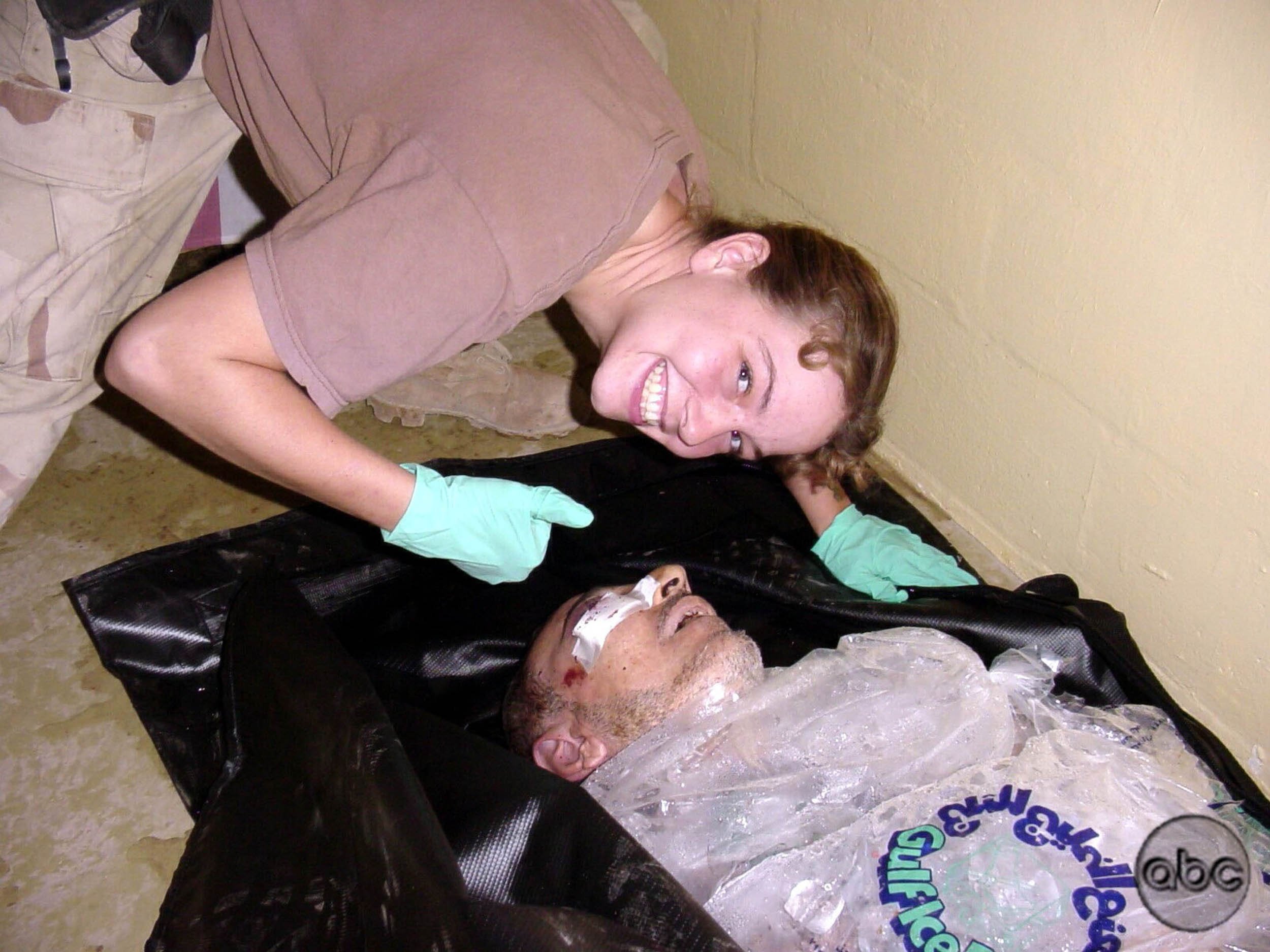
A drawn out legal battle over the release of approximately 2,100 pictures depicting U.S. military abuse of detainees in Iraq and Afghanistan, which are said to possibly be more disturbing than the Abu Ghraib images, reached "a line in the sand" for the presiding judge on Wednesday evening. U.S. District Judge Alvin Hellerstein in New York gave the Department of Defense (DoD) a week to decide whether it would provide a reason for withholding each individual photograph or appeal his ruling.
"I could give you more time to satisfy my ruling...but I am not changing my view," Hellerstein told the government in court.
The case began back in 2004 when the American Civil Liberties Union (ACLU) sued for the images' release under the Freedom of Information Act (FOIA). A handful of images showing detainee abuse in Abu Ghraib surfaced in media reports that year, prompting a larger discussion about prisoner treatment during enhanced interrogation.
Hellerstein ruled in 2005 that the government had to release the photographs. But in 2009, before the images became public, Nuri al-Maliki, the then-president of Iraq, asked the U.S. to withhold the images in order to avoid further destabilizing the country.
The same year, Congress gave the Secretary of Defense the power to keep an image concealed for up to three years if its release would endanger Americans—a power that then Secretary of Defense Robert Gates invoked to keep the collection sealed. Former Secretary of Defense Leon Panetta followed suit in 2012 offering the same blanket reasoning.
But Hellerstein ruled on August 27, 2014 that the lump concealment was no longer sufficient and U.S. government would have to review "each and every photograph, individually and in relation to the others," and demonstrate why the release of each would endanger American lives. "Three years is a long time in war, the news cycle, and the international debate over how to respond to terrorism," he wrote at the time.
But the DoD did not provide an individualized assessment by the late December deadline. Instead, the government argued, that an evaluation carried out by associate deputy general counsel Megan M. Weis on Panetta's orders sufficiently covered the judge's requirement.
In a submission to the court from December, Weis said she reviewed each photograph and placed them into three categories based on content: the extent of injury suffered by the detainee, if a U.S. service member was depicted and the location of the photograph.
She then selected between five and 10 photographs from each of the three categories and presented the representative sample to three senior military officials: General John R. Allen, commander of U.S. Forces in Afghanistan, General James N. Mattis, commander of U.S. Central Command, and General Martin Dempsey, chairman of the Joint Chiefs of Staff. All three recommended that Panetta keep the photographs classified.
Hellerstein conceded on Wednesday that by performing this item by item review Weis technically fulfilled a portion of his ruling, but he wasn't satisfied. He gave the government one week to decide whether it would comply with his original ruling by providing a reason for keeping each individual photograph concealed or appeal. Discussions surrounding what disclosure would look like would happen at a later date.
Addressing the government's concern for release, he admitted that the U.S. has never confronted an enemy like the Islamic State before and understood how the interest of saving lives could outweigh the desire to produce the photographs. But overall he argued that conditions are similar to when he originally ruled for the images' release back in 2005—"soldiers and citizens were exposed, but the courts championed release," he said.
He also suggested that many of the images could be released without redaction. As part of previous rulings, he has seen around 29 of the still-classified images at the center of the suit. "Some are harmless" he told the court, others he called "highly prejudicial." By not complying with his ruling, Hellerstein said the government has made this an all or nothing case, "and I don't think you want that," he said.
Later in his decision, Hellerstein offered a third option—to look through the images with the government. This option, unlike submitting individual reasoning to the court or appealing, would let the government comply with his ruling without creating a public record.
Speaking after the hearing, the ACLU team indicated that it doesn't seems to think the government is interested in complying. But Hellerstein said that if the government appeals, years could go by before a release, which would further delay the "day of reckoning." ACLU Attorney Lawrence Lustberg who has been on the case since the beginning is ready, though. "We would try to expedite the appeal," he said.
Uncommon Knowledge
Newsweek is committed to challenging conventional wisdom and finding connections in the search for common ground.
Newsweek is committed to challenging conventional wisdom and finding connections in the search for common ground.
About the writer
Lauren is a reporter covering technology, national security and foreign affairs. She has previously worked on award winning teams at ... Read more
To read how Newsweek uses AI as a newsroom tool, Click here.








